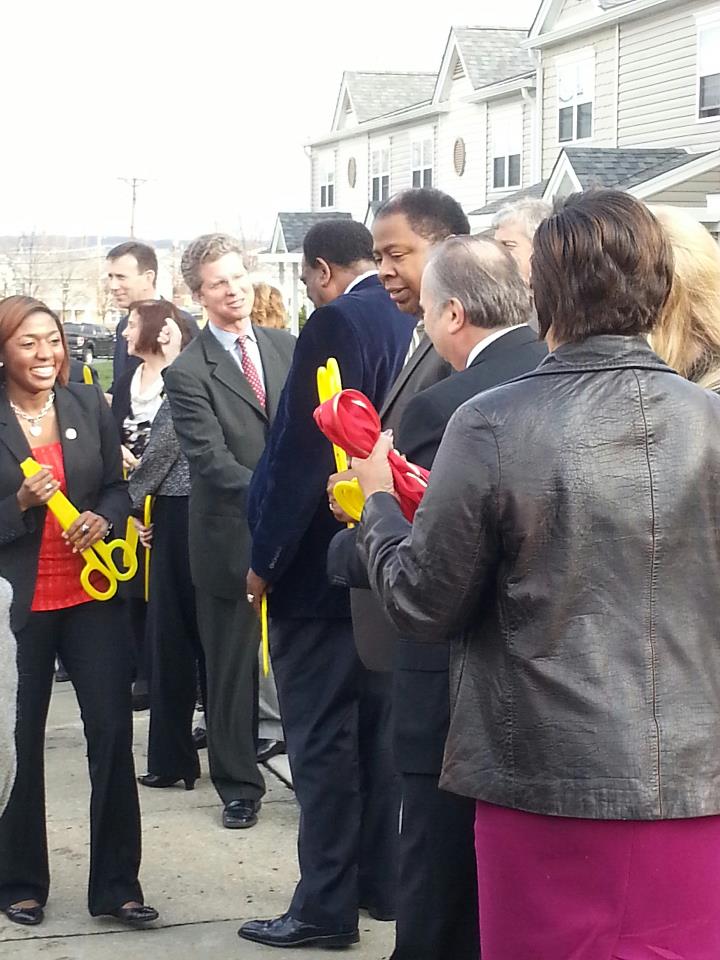Work begins on $15 billion Manhattan infill project.
Earlier this week, New York City officials celebrated the groundbreaking of Hudson Yards, a new $15 billion office and residential district to be built above the Long Island Railroad’s yard on Manhattan’s west side. The development’s 16 towers will create nearly as much new office and residential space as currently exists in downtown Cincinnati. An extension of the #7 subway serving the development will be completed in 2014 and new buildings should be ready for occupancy in 2015. More from the New York Daily News:
The groundbreaking ends years of deal-making between developers and the Metropolitan Transportation Authority, which owns the rail yard and will lease the development rights for 99 years for more than $1 billion…The 26-acre site, to be built on platforms over the rail facility, will be the largest private real estate development in the history of New York.
For New Yorkers trying to wiggle out of a recession, Hudson Yards could mean thousands of jobs and hundreds of units of affordable housing…Urban experts see Hudson Yards as a means for New York to stay competitive with Shanghai, London and Paris as a key 21st century city.


